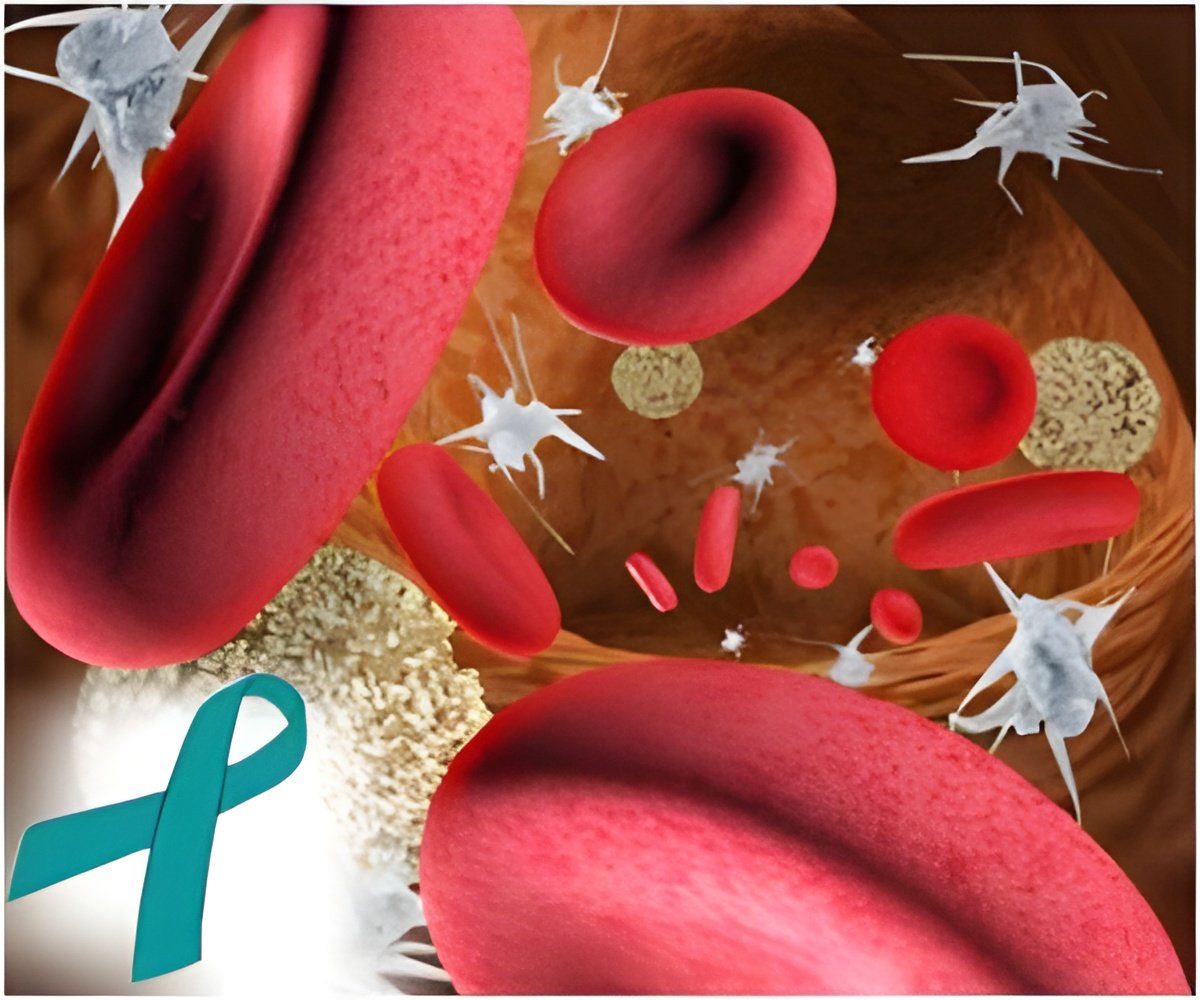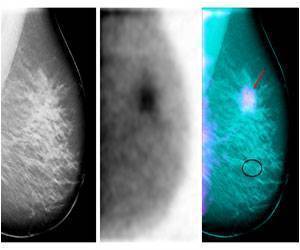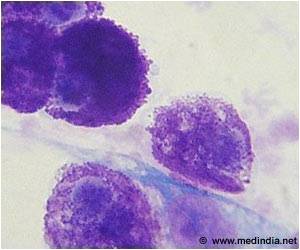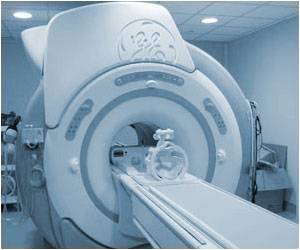A cancer-promoting growth factor receptor fires away, sending signals that thwart the development of tumor-suppressing microRNAs (miRNAs) before it's dissolved, even while being dragged to its destruction inside a cell.

Under conditions of oxygen starvation often encountered by tumors, the epidermal growth factor receptor (EGFR) gums up the cell's miRNA-processing machinery, an international team led by scientists at The University of Texas MD Anderson Cancer Center discovered.
"So when hypoxia stresses a cell, signaling by EGFR prevents immature miRNAs from growing up to fight cancer," said senior author Mien-Chie Hung, Ph.D., professor and chair of MD Anderson's Department of Molecular and Cellular Oncology and holder of the Ruth Legett Jones Distinguished Chair.
The group's findings point to a potential new prognostic marker for breast cancer, Hung noted, but also provide the first evidence of a growth factor signaling pathway regulating miRNA maturation.
"Inside of a cell, you have signal induction, in this case through EGFR, and you also have a protein complex that processes precursors into mature miRNA to perform a function. They didn't appear to talk to each other, it's as if one speaks English and the other Chinese," Hung said. "This is the first paper to show how they communicate."
The scientists established the relationship in cell line experiments, confirmed it in a mouse model and human breast cancer samples, then found that it reduced breast cancer patient survival in a review of 125 cases.
EGFR penetrates the cell membrane to receive signals from growth factors outside of the cell. After a growth factor binds to it, EGFR conveys the signal into the cell by attaching phosphate groups to other proteins, often acting as a molecular "on switch."
As a tumor grows, large portions of its interior can become starved for oxygen (hypoxia) for lack of adequate blood vessels. This stress suffocates many tumor cells, but the few that endure become highly malignant, resist treatment and are most likely to spread, Hung said.
Anti-angiogenesis drugs designed to kill tumors by blocking their ability to spin webs of supportive blood vessels often succeed at first, Hung said, but then fail against the more malignant cells that survive hypoxia.
When hypoxia hits, EGFR gets active and gets eaten
Low-oxygen conditions cause EGFR overexpression. EGFR also is pulled into the cell interior, captured in cavities called vesicles and eventually fed into lysosomes, a membrane-enclosed organelle loaded with enzymes to dissolve proteins.
It was known that EGFR continues to signal even while caught in the vesicles, which actually prolongs its activation. Hung and colleagues found that EGFR signals to a key protein in miRNA processing called argonaute 2, or AGO2.
AGO2 connects with two other proteins called Dicer and TRBP to form a complex that processes microRNA precursors into mature miRNAs, which regulate gene expression after messenger RNA has been expressed but before it's translated into a protein.
Oncoprotein-regulating miRNAs don't grow up
The scientists found that EGFR attaches phosphate groups to AGO2, which in turn weakens AGO2's ability to connect with Dicer to produce mature microRNAs. EGFR's effect is stronger during oxygen starvation than under normal conditions.
The team identified a number of specific miRNAs affected by EGFR, most of which have been reported to have tumor suppressor characteristics. The miRNAs regulated by phosphorylated AGO2, including miR-31, miR-192 and miR-193a-5p, also shared a long-loop structure in their precursors that miRNAs unaffected by AGO2 phosphorylation lack.
Hypoxic environments around tumors promote metastasis by helping cells evade programmed cell death. Hung and colleagues showed that EGFR-mediated AGO2 phosphorylation blocks cell death and enhances invasiveness under hypoxia.
Experiments in a mouse model of breast cancer confirmed that expression of EGFR and the presence of phosphorylated AGO2 increase during tumor progression under oxygen-starved conditions.
EGFR-AGO2 connection found in human breast tumors; reduces survival
The hypoxia-EGFR-AGO2 connection was strong in tumor samples from 128 breast cancer patients, but it was low or absent in normal breast tissue. In 125 breast cancer cases analyzed by the team, half of 62 patients with high levels of phosphorylated AGO2 survived to 48 months and beyond. Median survival had not been reached for the 63 patients in the low-level group, but 78 percent had survived to 48 months.
"One can imagine other receptors for platelet-derived growth factor and insulin-like growth factor also regulating miRNAs, perhaps by regulating Dicer or TBRP," Hung said. "This is a turning-point paper; it will induce lots of new questions for scientists to pursue."
Source-Eurekalert
 MEDINDIA
MEDINDIA




 Email
Email




